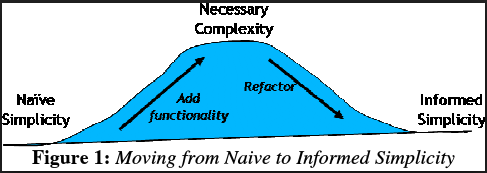“Good investing should be boring” is true, but frankly not that helpful. Yes, software can help measure our capacity to take risk, our tolerance to accept risk, and automate the investing process. Find the corresponding portfolio mix and let markets do their thing, perfect! So why must investors(other ones, never ourselves) look to “do something” in the face of falling/rising markets? Because we watch…all of us.
We all get excited/despondent when our favorite team builds up a big lead or falls way behind. On paper, we knew it could happen, but we weren’t mentally prepared for it to play out this way, this soon. The unfolding perception that we may win/lose a game that we weren’t expecting(2018 market, anyone?), can trigger us to envision a much different future than one we pictured a short time earlier.
Let’s be real, few can avoid being fans of our family’s financial scoreboard. Some of us are like Patriots fans who get only a little worried, trained by recent success to ignore the noise and safely “buy the dip”. And some of us(raises hand) are Bills fans who have such low expectations that we’d be afraid to schedule the victory parade even after the trophy’s been handed over. For most, the now is very real, and way more vivid than our stated tolerance to accept the emotional risk of fandom.


Changing risk perception is harmless for the sports fan, but can be quite damaging for an investor. We laugh at the irrationality of investors, but isn’t it equally irrational to think that a client’s expectations will remain stable in the face of stories they hear in the media or from a friend? Thankfully, stocks and bonds are not winner-take-all like sports; those who can stick with a solid plan will be rewarded in time.
No one is in better position to help than a truly engaged advisor, coaching an investor through these changes with appropriate game planning, proper expectations, and ongoing behavior management. A successful advisor-client relationship requires a complete understanding of the expectations of each party, and provisions ahead of time to build stronger risk composure.
The best advisors I’ve seen embrace tech but don’t delegate everything to software, and know that Monte Carlo simulations can’t simulate a living, breathing client experience. They know that self-control is not our default, do the hard work upfront of identifying the personal behavior trap for each relationship, and build in a release valve to help manage it.
That may mean portfolio veggies, or a small allocation to a behavior management account where the client can harmlessly “do something”, or letting the client walk(likely to an advisor just as vulnerable to the behavior gap). Expecting that a pre-retiree is going to blissfully ignore the score, just because his or her stated goals haven’t changed? Now that’s risky.

